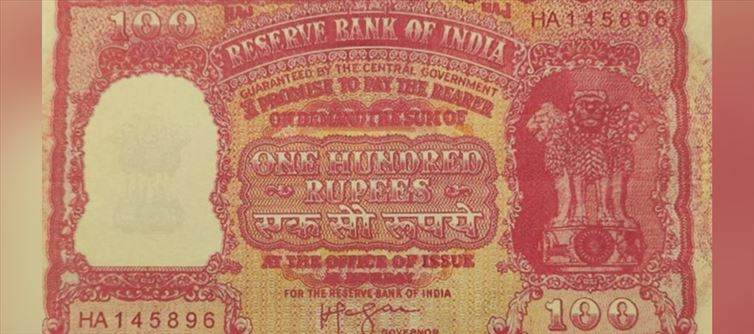
What makes ‘Haj note’ special?
The note is part of a unique series called the "Haj Notes." To make it easier for indian pilgrims to go to gulf nations for the Haj pilgrimage, the RBI developed these in the middle of the 20th century. These notes' main goal was to stop people from using ordinary indian cash to buy gold illegally.
Features
These notes are easily distinguished from regular currency notes by their unique "HA" prefix.
In addition, the notes had a different color pattern than ordinary indian banknotes.
They were not accepted in India, however, they were accepted as legal money in gulf nations such as the United Arab Emirates, Qatar, Bahrain, kuwait, and Oman.
Discontinued in the 1970s
To control the usage of money during pilgrimages, Haj notes were first issued. kuwait debuted its own currency in 1961. The demand for these notes steadily decreased as soon as other gulf countries adopted their own currencies.
The Haj notes were no longer issued at all by the 1970s.
Today, collectors are very interested in these uncommon notes because of their cultural and historical relevance.




 click and follow Indiaherald WhatsApp channel
click and follow Indiaherald WhatsApp channel